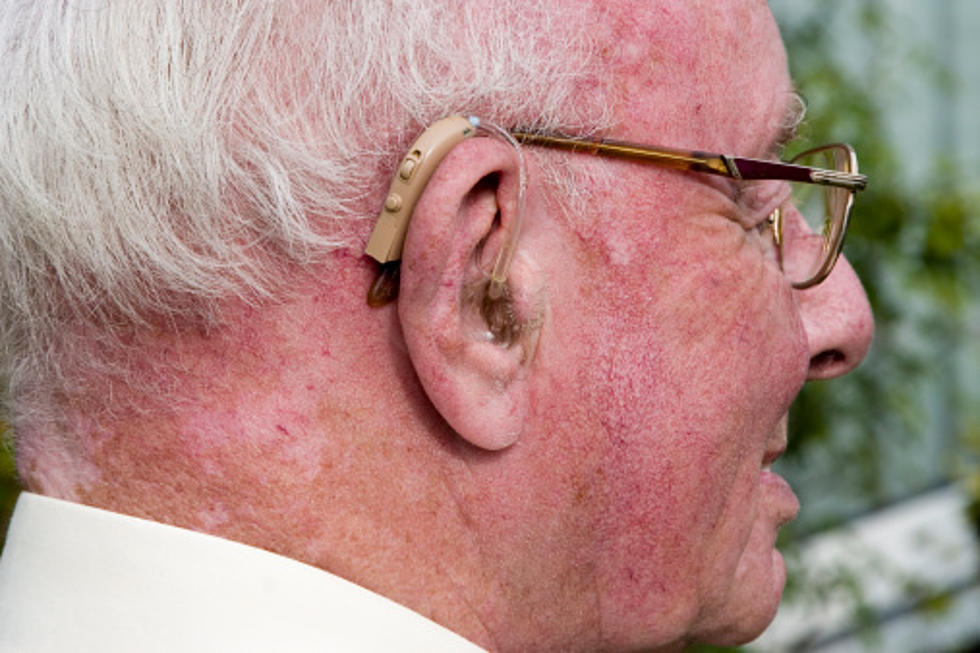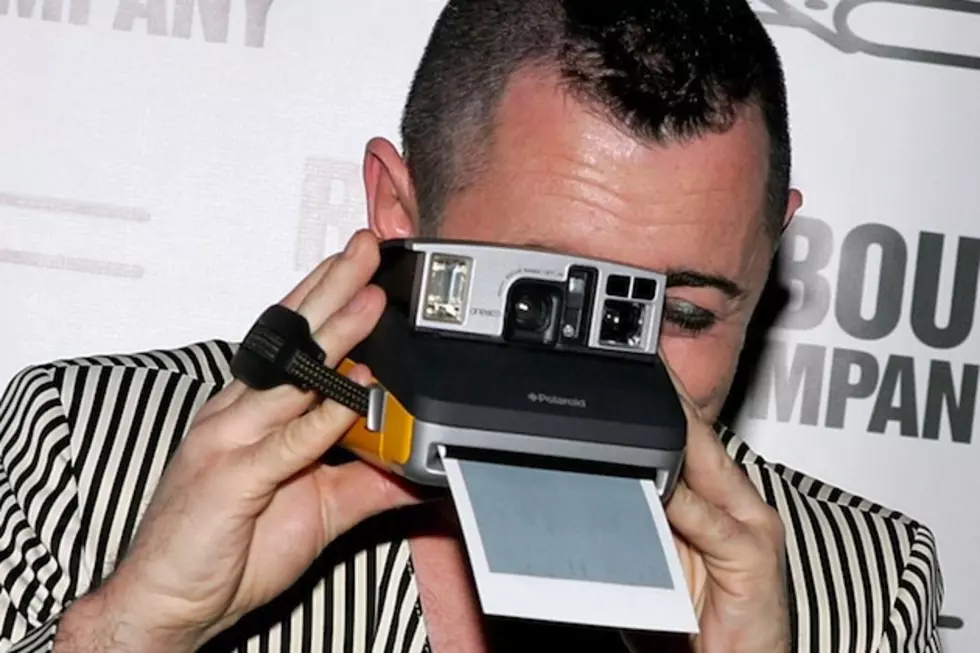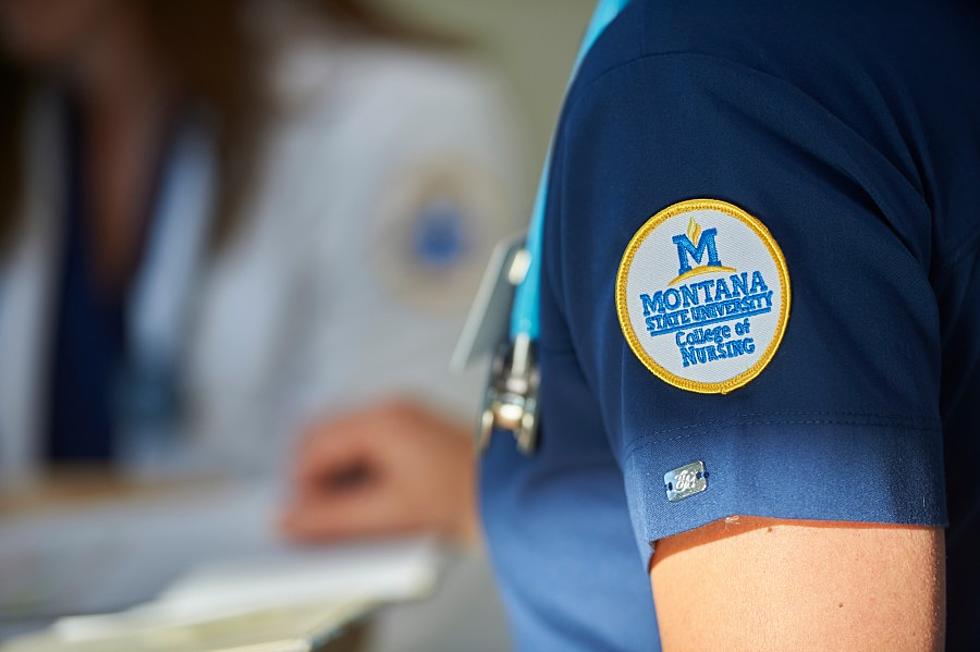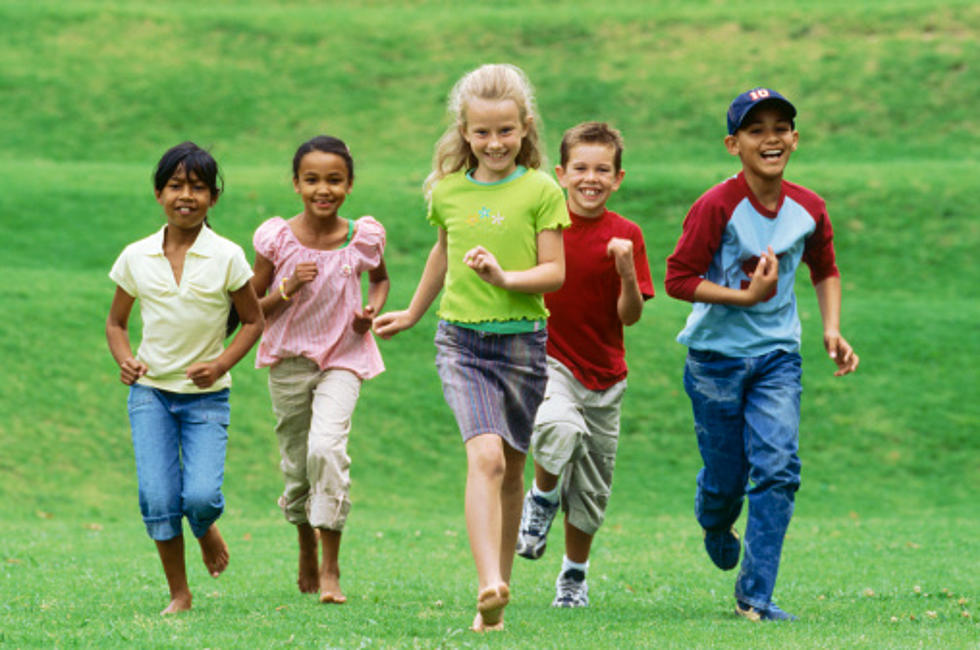
MSU to Host STEM Event for Rural Middle School Girls
BOZEMAN — For the past 30 years, Montana State University has hosted Expanding Your Horizons, a day of STEM activities for hundreds of rural middle school-aged girls with the hope of opening their eyes to careers in science, technology, engineering and math. A sixth-grader could attend the event for three straight years, be inspired by a university mentor or an activity and have her entire future changed for the better.
But as the pandemic shut down the world in March 2020, that year’s EYH was also a casualty. And when Nicole Soll, program manager with Academic Technology and Outreach at MSU who has worked with the program for the last nine years, saw the possibility of the event being canceled again in 2021 due to the coronavirus, she knew something had to be done.
“If a sixth grader missed it for two years, they wouldn’t get to have that STEM experience,” Soll said. “I didn’t want it to get lost.”
Soll, along with some faculty members and students in the Department of Education in the College of Education, Health and Human Development, put together a virtual Expanding Your Horizons event for 2021. Instead of a daylong event on campus, rural schools could choose time over two weeks to do three EYH activities. It could have been one hour at a time or in a four-hour block.
To get the event together, Soll reached out to schools that receive grants from the Gaining Early Awareness and Readiness for Undergraduate Program, or GEAR UP, and other rural schools across the state who had participated in EYH in the past.
Roughly 14 schools consisting of about 130 students participated in this year’s EYH. The students were split into groups of 12 where two or three pre-service teachers from MSU would facilitate the activities virtually.
Soll worked with Nick Lux, Joe Hicks and Gilbert Kalonde in the Department of Education and about 50 pre-service teachers in the EDU 370 course to create lesson plans and make sure the events ran smoothly. At MSU, pre-service teachers, usually sophomores and juniors, receive fieldwork experience prior to student teaching assignments. In EDU 370, students participate in Tech Club, where they teach technology-based lessons to students in after-school programs.
Hicks said working with Soll on EYH was a mutually beneficial experience. Because of COVID-19 restrictions, the pre-service teachers didn’t have opportunities to receive field work in actual classrooms. EYH gave his MSU students the chance to interact with students and work on their teaching, communication and problem-solving skills.
“We’re grateful to have this opportunity,” Hicks said. “This being a synchronous experience, though virtual, makes all the difference because then our pre-service teachers have that real-time interaction and the ability to build a rapport and relationship over the course of their lessons with the students. This was a nice compromise considering the limitations we already had.”
EYH created four activities, and classes could choose three to do. The first was “Viral Videos,” where students could learn to edit clips and create a short video. The second was “Bubble-ahedrons,” where students created 3-D structures, dip them in soapy water and gain an understanding of surface tension. The third, “Chlorophyll Colors,” had students crush up spinach leaves to extract chlorophyll, use rubbing alcohol to dissolve leaf particles in the sun and use the chlorophyll powder left over to color with. The last activity was “Towers on a Budget.” Students would use items such as popsicle sticks and other simple building materials. They were given a fictional budget to build towers for certain design challenges, like tallest tower, tower that holds the most weight, least traditional tower and more.
Supplies for the activities were given to the classes by Academic Technology and Outreach, and the kits were assembled at MSU.
Gracie Kerr, a Spanish teaching K-12 major and human development minor at MSU, was one of the pre-service teachers who participated in EYH. Kerr, along with two other students, taught two seventh-grade girls from Rocky Boy in April. Kerr said she was initially nervous because she was an aspiring Spanish teacher teaching STEM and it was her first-ever lesson with students. But the teaching group was well prepared for the event, spent weeks practicing their delivery, becoming familiar with the activities and getting any technology issues out of the way.
Kerr said it was a rewarding experience, and, despite the virtual platform, she felt her team was able to make a connection with the girls and could see the impact the lessons were making.
“It’s not about the content, it’s about your delivery. It’s about making a connection with students,” she said. “In the end it was about how can we successfully teach these girls, make them feel comfortable, make them feel like they belong in a STEM lesson and that we actually want to be there with them.”
Lux said the program is important because of its timing and audience. He shared research has found that upper-elementary and middle school are pivotal times to engage kids in STEM and begin to build that identity so they can carry it forward into college or a career.
“This age group is a critical point in catching student interest and building that identity as a STEM scientist, so this is a terrific opportunity to have Expanding Your Horizons get that initial exposure and for MSU to show these students what we do on campus in the STEM fields,” Lux said.
Hayley Conn, a math teacher at Richey High School, had six of her students participate in EYH on April 9. Conn teaches six different classes in the high school and had four girls and two boys from her seventh and eighth grade classes take part.
Conn was already familiar with the EYH program because she had participated in it as an MSU student. Conn, who graduated from MSU in 2018, served as a group leader all four years as a student where she helped usher students to activities and served as a STEM role model.
She said working the event was a highlight of her MSU career and added she is a big supporter of the work EYH does and the message it provides to students. Last year her class was going to attend in person but could not due to the COVID-19 cancellation. Her students were devastated but were thrilled to have the opportunity to partake this year.
“I’m so glad they figured out how to offer it to our middle schoolers this year, because in just one day I can literally see the change and excitement for STEM,” Conn said. “I love that, and I loved the program when I first heard about it when I was a freshman. And now I get to see a long-term change, not just in the girls I worked with for one day in college, but now those students I worked with for three years I can see that gradual change in them.”
- By Meaghan MacDonald-Pool, MSU News Service -









